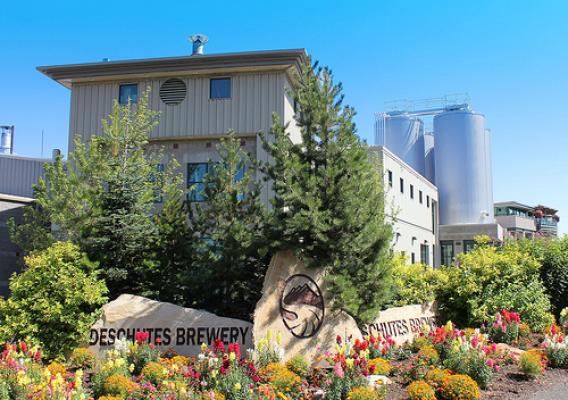When it comes to beer, Oregon is known far and wide as a hub of innovation and artistry or, as we locals call it, “beer-topia.” Since the 1980s, small breweries have been popping up across Oregon thanks to the state’s pristine water, abundant hops and grain fields, forward-thinking craft brewing policies, and talented foodies. In the process, Oregon’s brewers have tapped a powerful economic engine. According to the Oregon Brewers Guild, the state’s beer industry today generates $2.83 billion in economic activity in the state and employs 29,000. And the future shows even more promise. The Brewers Association notes nationwide growth of the craft brewing industry in 2012 at 15 percent by volume and 17 percent by dollars.
Deschutes Brewery, Inc. is one of the pioneering businesses that helped establish the state’s craft brewing industry. Gary Fish founded the company in 1988 with 12 employees and a brew pub in downtown Bend, Oregon. By 1993, the increasing demand for their craft beers led Fish to build a separate brewery across town. With the added capacity, the company enjoyed increasing sales in a burgeoning market for artisanal products.








